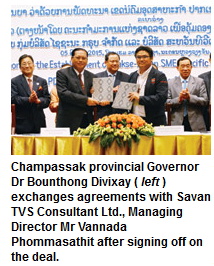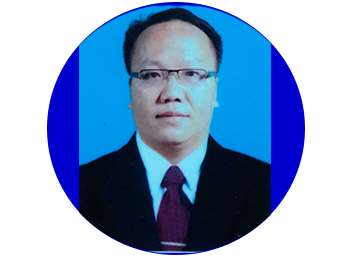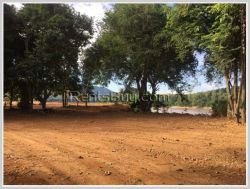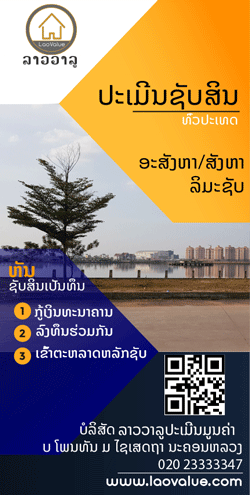Many more companies are heading to invest in special and specific economic zones (SEZs) in Laos after witnessing the great potential to benefit from the coming regional integration.
 Some 213 companies are now investing in the zones with total registered capital of US$4.2 billion in addition to future investment plans of US$17.39 billion.
Some 213 companies are now investing in the zones with total registered capital of US$4.2 billion in addition to future investment plans of US$17.39 billion.
Of the total figure, more than US$1.19 billion has already been spent on development activities at the zones, according to the latest report from the Lao National Committee for Special Economic Zones (NCSEZ).
The largest number of foreign companies investing in the zones are from China (95 companies), followed by Thailand (17 companies), Japan (14 companies), Vietnam (five companies) and Malaysia (five companies).
Some 43 percent of their investment is in the service sector and 30 percent is in the industrial sector and the rest is in the trading-related sector.
Nikon, a Japanese multinational corporation headquartered in Tokyo, has decided to establish a new factory in the Savan-Seno Special Economic Zone to reinforce its digital SLR camera manufacturing organisation and reduce costs.
Toyota and other leading companies from the region are also relocating their factories to Laos.
The SEZs are not only attracting the interest of foreign entrepreneurs but also the interest of local companies. Currently local companies account for 22 percent of the total investment in SEZs.
Special and specific economic zones (SEZs) have become the main driver of growth in the industrial and service sectors in Laos, laying the foundation for diversifying the nation's economy into the future.
The development of SEZs is part of the government's policy to boost economic growth and generate job opportunities for local people through modernisation and industrialisation.
The government's policy to encourage the industrialisation of Laos' economy is resulting in changes to the country's economic makeup, with the industrial and service sector gradually growing while the agriculture and forestry sector is declining.
Over the past 12 years, SEZs in Laos have been developing continuously, helping to urbanise remote regions of L aos and boosting economic growth and also generating job opportunities for local people.
Currently over 11,320 people are employed in the zones, of which 4,229 are Lao and the rest are foreign nationals. Of the total figure, 6,000 people are employed in the Golden Triangle special economic zone in Bokeo province.
Laos currently has 11 SEZs including That Luang Marsh specific economic zone in Vientiane, Savan-Seno special economic zone in Savannakhet province, Golden Triangle special economic zone in Bokeo province, Boten Dankham specific economic zone in Luang Namtha province, Vientiane Long Thanh Golf Course in Vientiane, the Phoukhiew specific economic zone in Khammuan province and Pakxe-Japan Specific Economic Zone in Champassak province.
Despite the achievements, Laos will need to continue to handle some challenges and some shortcomings notably related to legislation for SEZ management and plans to supply Lao labour to the zones and ensuring that SEZ projects are beneficial to local people affected by their development.
By Somsack Pongkhao
(Latest Update August 11, 2015)













